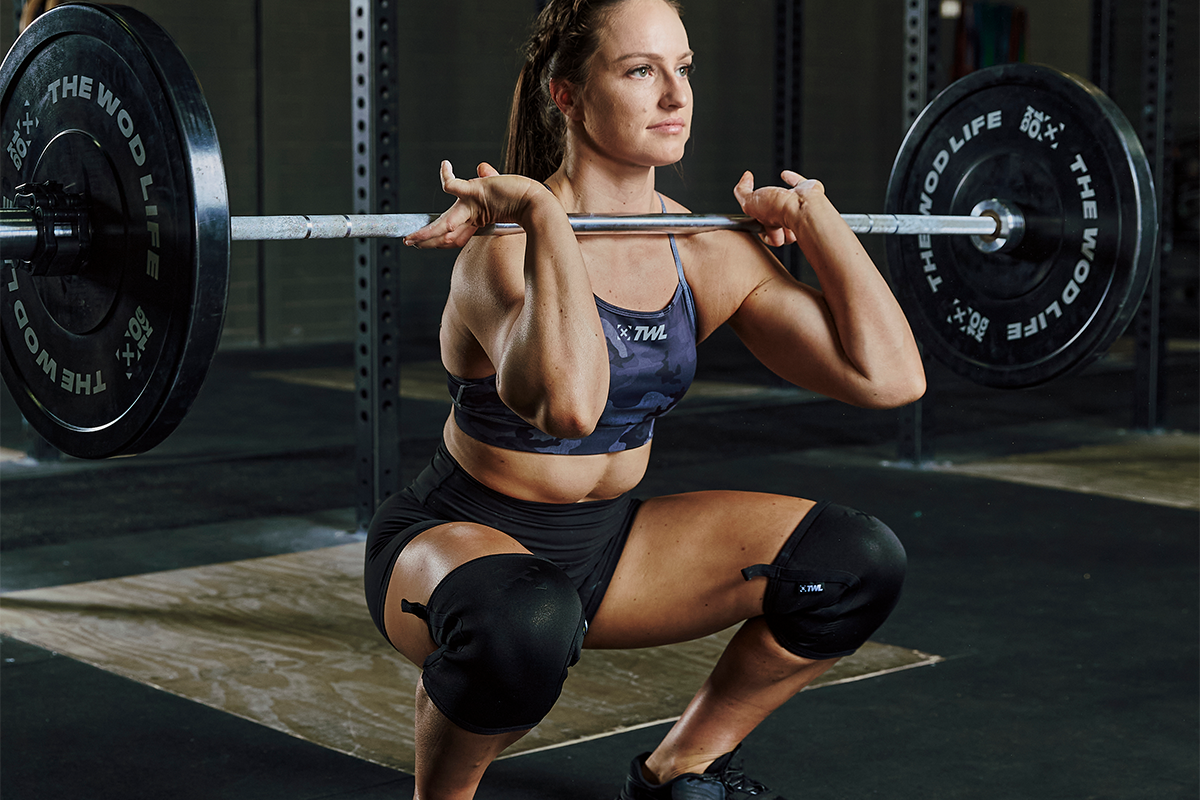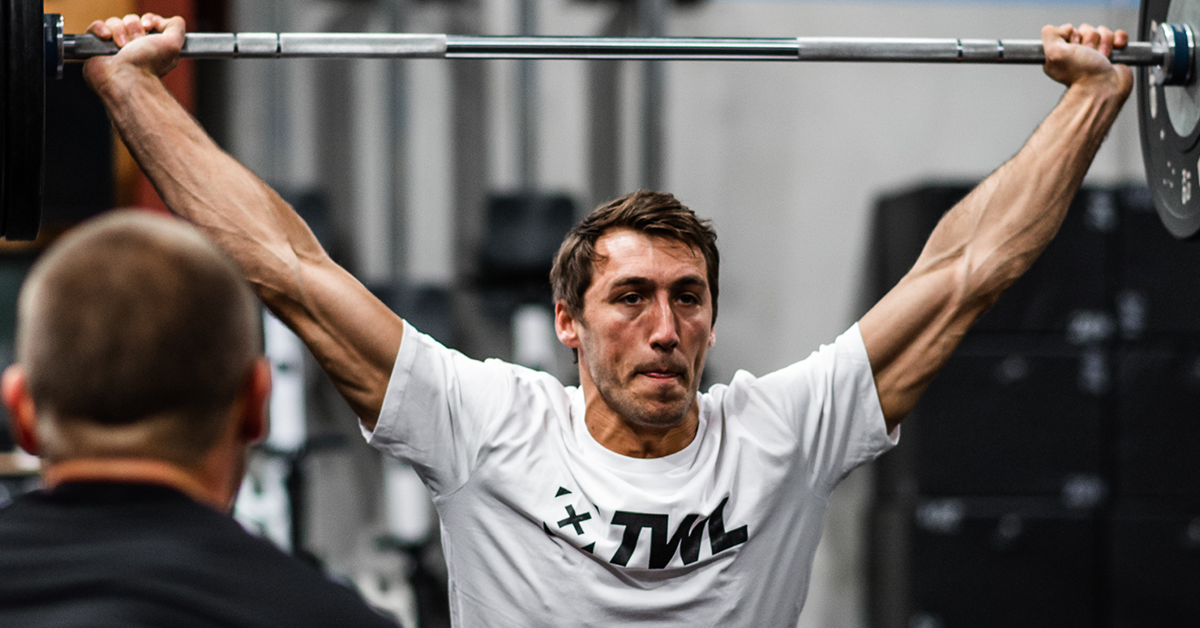Question: does anyone remember the max snatch event from the 2009 CrossFit Games? Better yet, does anyone want to remember it? It’s pretty incredible to consider where the sport was and how it’s grown in a relatively short amount of time. Even more incredible is HQ’s unwillingness to purge the internet of any record of this event ever taking place.
Thankfully, the sport and its coaches have evolved and grown tremendously over the years — especially when it comes to the Olympic lifts. Gone are the days of the janky, is-your-elbow-supposed-to-bend-that-way snatches that plagued the sport in its early days. Walk into any gym nowadays and you’ll see your average athlete hitting snatches with a level of proficiency that would’ve made people’s jaws drop in 2009.
With the basics being covered in gyms around the globe, sometimes it’s the little things that can add up to big PRs or mental breakthroughs. Here are four minor cues to help take your Olympic lifting to a new level.
Bar to Your Hips, Not Hips to the Bar
Functional fitness as a whole does a great job of teaching the importance of making contact with the bar to your hips during a snatch, but teaching how the bar actually gets there isn’t always communicated properly. The issue is athletes become so fixated on having the bar meet their hips, they’re willing to do whatever it takes to make it happen — even if it throws the rest of the lift out of whack.
The bar needs to be brought to the hips, not your hips to the bar. This is where that famous cue, “lats on,” comes into play. We want to engage our lats and sweep the bar into our hip crease rather than, for the lack of a better term, air hump the bar out in front of you. Bringing your hips to the bar, rather than the other way around, tends to cause the bar to swing out and away from you in a less than desirable bar path. And especially when we’re moving near maximal loads, the margin for error becomes razor thin. Bringing the bar to your hips helps keep the bar path straighter and lifts more consistent.
I know this may not seem like such a “minor cue” as the title of this article suggests, but sometimes a simple reminder or a turn-of-a-phrase can induce that lightbulb moment which can equate to big breakthroughs.
Knuckles Down
Try this the next time before you lift: when you address the bar and find your grip, try flexing your wrists and pointing your knuckles toward the ground. What this does is it sets your wrists in a better, more natural position to help keep the bar tighter to your body during the pull-under phase of the lift. The darling of USA weightlifting, Mattie Rodgers, demonstrates this perfectly in all of her lifts. Like I mentioned earlier, when you’re pushing the limits of what your body is capable of, small inefficiencies can lead to big misses, and little changes can lead to huge improvements.
Eyes Forward
This is a pretty common one I see across all levels of athletes. Whether it’s because the athlete is concerned with maintaining a neutral cervical spine to prevent a sheering force (doubtful) or simply because they don’t want to stare directly into the ass of the athlete standing in front of them (likely), it’s important to keep your eyes straight ahead and focused on the horizon during a clean or snatch.
It’s a habit just like anything else, but too often I see athletes setting up and starting the lift with their eyes glued to the floor. The potential issue of checking to make sure your shoes are tied throughout the entirety of the lift is you tend to miss full extension through your hips. You can get damn close, but usually, you’ll finish leaning slightly over the bar, missing that triple extension and leaving the bar out front.
The snatch takes less than a second to complete — from liftoff to catch, less than one second. Let’s say you begin the lift staring at the floor before adjusting your gaze toward the horizon halfway through the lift. That can be extremely disorienting with so much happening in such a short amount of time. Let your brain focus on what it needs to focus on, namely lifting that heavy ass weight, without having to be distracted by changing your sightlines.
Punch the Sky
Punch the sky was actually a cue I picked up from one of my members after they were traveling and visited Lindsey Valenzuela’s gym. It was a cue she used for the jerk to get people to aggressively lock out the barbell. Too often I see people dip and drive during the jerk and almost try to “catch” the bar at the top rather than actively putting the bar where it needs to be. The jerk is anything but passive. Yes, you need the legs to do their job, but the sequence isn’t dip, drive, and pray. It’s dip, drive, and punch.
From a mechanical standpoint, the jerk should be the easiest of the three Olympic lifts. The bar has to travel the least amount of distance compared to the other two. Yet, the split jerk continues to be the Achilles heel of so many lifters for a number of reasons, but being passive in the lockout is chief among them. Ivan Abadjiev, the famed Bulgarian weightlifting coach, once said, “Everyone can snatch, everyone can clean but only champions can jerk!”
















